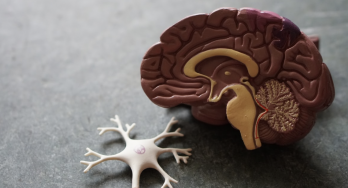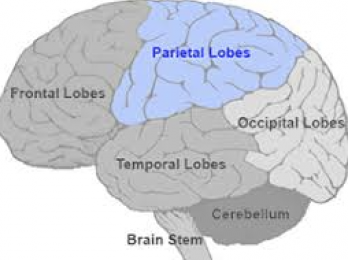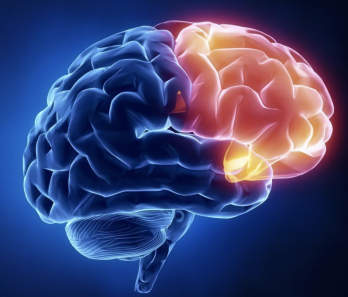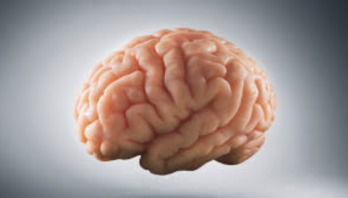Hi! Remember me? Great! Today’s blog let’s talk about another lobe! This lobe is called the Temporal lobe. In this blog we will get more into The temporal Lobe itself, Let’s dive in!
First, Let’s talk about the basics about the Temporal lobe, The temporal lobe is one of the 4 major lobes of the cerebellum Cortex in your brain. The temporal lobe is located Underneath the lateral Fissure. Your temporal lobe is incharge of Visual memories, Sensory input, language Recognition and Most importantly Make new memories. Now that we know what The Temporal lobe does, Where it is located and what is the temporal lobe let’s dive deeper!
Where is the frontal lobe located?? Well as we all know it is located inside your skull but, we all know that. What is underneath and where is in the BRAIN? As mentioned in the paragraph above, the frontal lobe is located underneath the Lateral Fissure but, What is the lateral Fissure? The lateral Fissure is also known as the “Fissure of Sylvius, lateral cerebral fissure, lateral sulcus, Sylvian fissure, Sylvian sulcus, Fissura lateralis, Sulcus lateralis”. I know right! It has a LOT of names, but we’re going to call it the lateral Fissure for now! The Lateral Fissure Separates the Superior Temporal gyrus of the Temporal lobe from the Frontal lobe – “Wait! What is the Superior temporal gyrus? I’ve never heard of that before?” Well, The term superior temporal gyrus refers to one of six convolutions of the temporal lobe identified by dissection in humans. Let’s get back to what we were talking about! Since we cleared out what the lateral fissure is and where the Temporal lobe is located let’s talk about What the Temporal lobe does!
The Temporal lobe is incharge of Memories, Sensory input, language Recognizations and Also making memories. But, What TYPE of memories? Good or Bad? Well Let’s dive deeper. The Temporal lobe Communicates with the “HippoCampus” to make Long-term memories. now you what causes Long-Term Memory loses.
“Wait, What’s the Hippocampus?” Is it a small Hippo Sitting inside my brain!? Well…… No, The Hippocampus is a greek word Which means Seahorse. “So, then Is there a Seahorse inside my brain??” No, That would be a different story, having a full creature inside your brain! Ok, back to the topic! The Hippocampus is also called a “HippoCampi”. The Hippocampus Plays a role in Stabilizing/Tracing Short-Term and Long-Term Memories. The hippocampus plays a role in only Auditory Memories, the other 3 parts of the brain that works on the Auditory memories are “The primary auditory cortex, Superior temporal gyrus and The Cochlea Cortex.”
And now the Visual memories! Let’s go! These visual Memories include recognitions of face and Scenes. These 2 types of memories have a part of the brain that works fully on them! Let’s look at the first one, face recognition. This memory is controlled by the “Fusiform Gyrus.” The fusiform Gyrus is also called The “Lateral Occipitotemporal Gyrus.” This Gyrus is part of the optical and Temporal lobe. Now the second one, Recognition of scenes.
This Type of memory is controlled by the “Parahippocampal Gyrus.” These gyrus surround the Hippocampus. Since we know how the temporal lobe manages Visual memories, Where does it Store the memories? It Stores The memories that are made in the Hippocampus. Now, Last but not least, Language recognition! If you Speak different Languages then, You know how hard sometimes it is to switch between languages but, how hard is it for the brain to do so? Let’s see! The primary auditory cortex, which is important for the processing of semantics in both language and vision in humans is also Important in language recognition! Wernicke’s area, which spans the region between temporal and parietal lobes, also plays a key role in language comprehension, Whether Spoken or signed!
Now that You know a lot about the Temporal Lobe, Share this information with your friends and family and see how they react to you knowing about the Temporal lobe! I bet you they are going to be surprised by your knowledge! We will meet in the second Blog but, For now have a wonderful day and carry on with your normal day! See you in the next blog!
Author: Lakshana Arumugam



